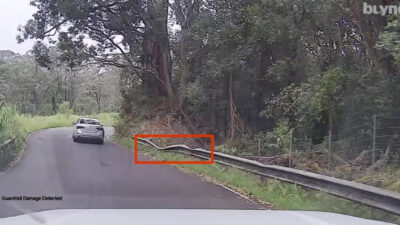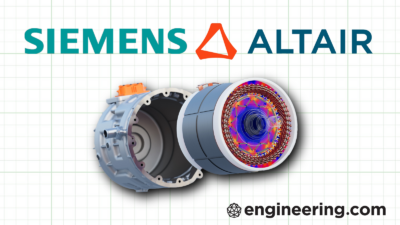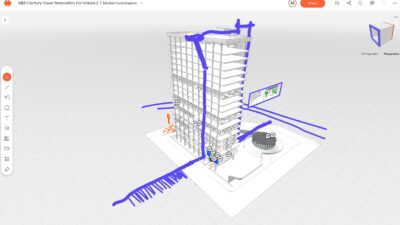Three projects demonstrate how digital tools and smarter planning are helping teams manage complexity.
Bentley Systems has sponsored this post.

Infrastructure teams today face a difficult balancing act. Urban populations are growing, climate targets are tightening, and there is rising pressure to deliver projects faster—often with constrained budgets and leaner workforces.
To meet these demands, organizations are turning to digital tools and collaborative workflows to help make better decisions earlier in the project lifecycle. From residential developments to transport hubs, recent projects offer a closer look at how this approach is working in practice.
Coordinating complex projects with limited time
One of the more challenging aspects of infrastructure delivery is coordinating multiple disciplines under tight schedules. With overlapping scopes, even small misalignments can lead to costly delays or rework. Under these pressures, many teams are using federated modeling and 4D planning tools to visualize logistics, flag conflicts early, and keep project delivery on track from the start.
Take John Sisk & Son, who used Bentley’s digital tools to manage construction of a two-tower, 463-unit residential project in Leeds. The team created a federated model early in the bid phase, then layered in construction sequencing to develop a living 4D plan. The model helped teams visualize temporary works, delivery flows, hoarding access and more. In one case, they identified a conflict between pod delivery paths and mast climber locations, and resolved it digitally before it created problems onsite. Across the project, the team tracked nearly 800 risks and opportunities, estimating £4.6 million in cost avoidance as a result of the modeling effort.
Designing for real-world behavior
Urban spaces are shaped by more than just building codes; factors around how people move through a city must be integrated into design. For example, consideration should be given to whether people are alone or in a group, in a rush or carrying luggage. Traditional design approaches often miss these nuances. To better account for real-world behavior, planners are turning to performance-based design and simulation.
In Madrid, Buchanan Consultores used Bentley’s LEGION software to model pedestrian and traffic flows at a stadium, a multimodal transport hub, and one of Europe’s largest redevelopment initiatives. The agent-based software allowed teams to simulate crowd flows using behavioral algorithms that account for speed, comfort, personal space, and direction of travel. The models also considered elements like stairs, signage, and narrow corridors.
For example, at the stadium, Buchanan validated that ongoing renovations wouldn’t compromise crowd movement on match days. Elsewhere, they evaluated how new transit connections would affect pedestrian and cycling flows, and proposed design changes to improve walkability. In one case, Buchanan’s team even created a digital twin of a metro station to assess how a larger station would accommodate more people and how far they would need to walk. By grounding their work in behavior-based simulation, the team helped ensure that the public spaces would function well once built.
Building flexibility and sustainability into design
Perhaps no expectation has grown more rapidly than the demand for sustainable infrastructure. Project teams face mounting pressure to incorporate smarter and greener designs, while keeping buildability and long-term flexibility in mind.
That balance was a key focus for the Arcadis team working on the new Cambridge South rail station in the UK, designed to support Cambridge’s growing biomedical campus and serve over two million passengers per year. The station is part of a broader three-mile infrastructure enhancement project, which also includes track, signaling, drainage, and overhead line work. The project is aiming for BREEAM Excellent certification and includes measures to achieve carbon net zero within three years and contribute to 10% biodiversity gain.
To deliver these goals efficiently, Arcadis used an array of Bentley tools including MicroStation, OpenRoads, SYNCHRO, and ProjectWise. Clash detection, performed monthly using federated models, identified and resolved over 26,000 issues before they reached the construction site. Tools like iTwin made it easier for those without technical knowledge—or even installed software—to interact with the federated model. Parametric modeling allowed for rapid iteration of earthworks and walkways. The team also used construction sequencing tools to plan complex activities—such as culvert replacement under live rail lines—in a way that minimized disruption. Arcadis’ design extended to include EV charging infrastructure and a scalable layout that would accommodate future expansion.
Conclusion
From residential towers to stadiums and rail stations, digital workflows are enabling infrastructure teams to work smarter under tighter constraints. Across the industry, organizations are rethinking their processes to integrate data and simulation so that teams can better understand their projects earlier, coordinate more consistently, and reduce avoidable mistakes.
To learn more, watch Bentley’s Going Digital webinar series.



